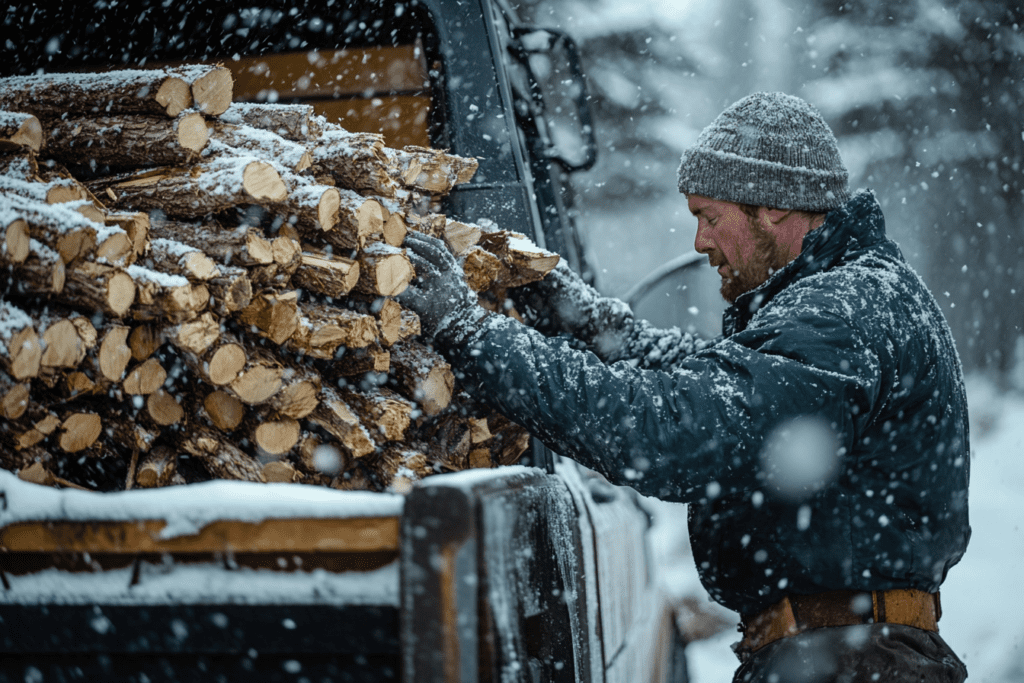Written by Jeremy Hawkins

Many Hats
Two hats I wore at Colorado Mesa University this past academic year came with the titles of Assistant Vice President of Academic Innovation and Director of Graduate Studies within the Office of Academic Affairs. At a university, an Office of Academic Affairs oversees the education side of things – faculty, courses, curriculum, assessment, etc. – for the entire university. My role within this office was to work with various academic departments on program development and program review as well as to champion the cause of graduate education across campus. Two additional hats that I wore were tied to the Department of Kinesiology. I was a faculty member in the Master of Science in Athletic Training program as well as an Academic Department Head. As an Academic Department Head, I oversaw the education side of things – faculty, courses, curriculum, assessment, etc., but for the Department of Kinesiology specifically. I loved the variety my various hats provided and rarely went home not energized by what was going on.
Never Enough Time
At the end of the spring semester this past May, everyone connected to Academic Affairs attended a day-long retreat. During this retreat, we were encouraged to look back on the last year and to look forward to and discuss goals for the year ahead. During a break at this retreat, I spoke with two colleagues who play a similar role as me in Academic Affairs. They’re both assistant vice presidents and have duties associated with faculty positions. We commiserated together as we talked about not having enough time in a day to get everything done at the level we would like to.
A Good Reminder
A few days later, as I reflected on the conversation I’d had with my colleagues, I was reminded of the following story
I have a dear friend who, in the early years of his marriage, was convinced he and his family needed a four-wheel-drive pickup truck. His wife was sure that he did not need but merely wanted the new vehicle. A playful conversation between this husband and wife initiated their consideration of the advantages and disadvantages of such a purchase.
“Sweetheart, we need a four-wheel-drive truck.”
She asked, “Why do you think we need a new truck?”
He answered her question with what he believed was the perfect response: “What if we needed milk for our children in a terrible storm, and the only way I could get to the grocery store was in a pickup?”
His wife replied with a smile, “If we buy a new truck, we will not have money for milk—so why worry about getting to the store in an emergency!”
Over time they continued to counsel together and ultimately decided to acquire the truck. Shortly after taking possession of the new vehicle, my friend wanted to demonstrate the utility of the truck and validate his reasons for wanting to purchase it. So he decided he would cut and haul a supply of firewood for their home. It was in the autumn of the year, and snow already had fallen in the mountains where he intended to find wood. As he drove up the mountainside, the snow gradually became deeper and deeper. My friend recognized the slick road conditions presented a risk, but with great confidence in the new truck, he kept going.
Sadly, my friend went too far along the snowy road. As he steered the truck off of the road at the place where he had determined to cut wood, he got stuck. All four of the wheels on the new truck spun in the snow. He readily recognized that he did not know what to do to extricate himself from this dangerous situation. He was embarrassed and worried.
My friend decided, “Well, I will not just sit here.” He climbed out of the vehicle and started cutting wood. He completely filled the back of the truck with the heavy load. And then my friend determined he would try driving out of the snow one more time. As he put the pickup into gear and applied power, he started to inch forward. Slowly the truck moved out of the snow and back onto the road. He finally was free to go home, a happy and humbled man.1
My ‘Aha’ Moment
I usually think of a ‘heavy load’ as something negative. This story teaches otherwise. The man in the story was able to resolve his unfortunate situation only because of his heavy load. Without it, he would have remained stuck. His heavy load was a blessing.
As I thought about this story in relation to my conversation with my colleagues, I had a bit of an ‘aha’ moment. If that man’s heavy load was a blessing, perhaps my loads are blessings too. I realized that the heavy loads that often seem to hinder my progress are the very things that are helping me to progress.
After coming to this realization, I asked for a meeting with my boss to discuss the idea of load and how I could carry mine more efficiently. I invited my colleagues to join. It was helpful for all of us. We identified a hat of mine that could be better “worn” by someone else. My colleague determined that he could better carry his load if he brought more joy into his day. Interestingly, he ultimately decided to start doing something he had previously stopped due to a lack of time.
The Loads We All Carry
We all carry loads. In the article in which David Bednar shared the story I mentioned above, he listed “demands and opportunities, obligations and privileges, afflictions and blessings, and options and constraints”2 as load examples. We could further clarify that list to could include many things – addictions of all types, body issues, family dynamics, financial concerns, mental and physical illnesses, stress, and too little time or too much time, to name a few. Regardless of the load we’re each tasked with carrying, what would happen if we began to consider them as blessings? As the things that are helping us become what we are meant to be, rather than burdens that are hindering our progress?
I believe regular review of our loads can be helpful, as I did with my colleagues. I identified something to be removed whereas my colleague identified something to be added. By adjusting our perspective, maybe things that appear to be an added hardship are meant to help us in the end. I think that is the general idea behind this thought,
“No pain that we suffer, no trial that we experience is wasted. It ministers to our education, to the development of such qualities as patience, faith, fortitude, and humility. All that we suffer and all that we endure, especially when we endure it patiently, builds up our characters, purifies our hearts, expands our souls, and makes us more tender and charitable, more worthy to be called the children of God … and it is through sorrow and suffering, toil and tribulation, that we gain the education that we come here to acquire.”3
Could viewing our loads like this make a difference? Maybe it would make all the difference.




